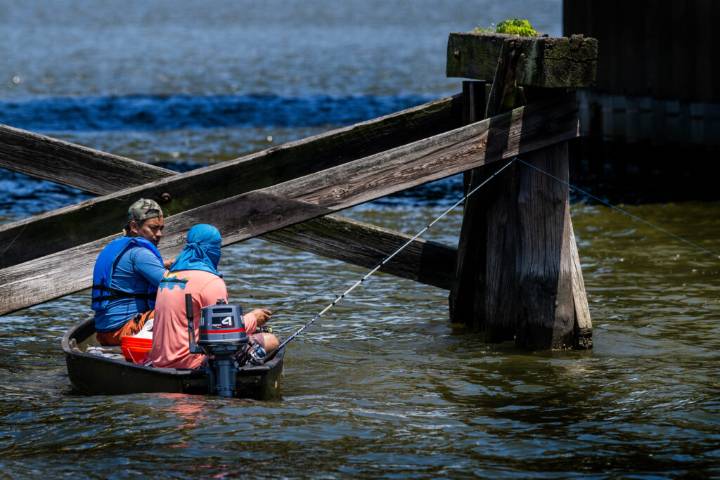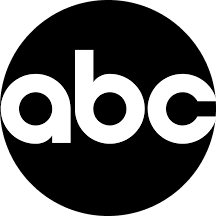The newest draft of the Chesapeake Bay Watershed Agreement lacks meaningful pollution reduction targets and allows states to evade legal accountability, according to concerned environmental advocates and experts who have reviewed the document.
Released for public comment on July 1, the current draft is intended to chart the future course of bay restoration efforts beyond 2025. But the proposal obscures enforcement responsibilities under the Clean Water Act, experts say, and dilutes the legal clarity of the 2010 Chesapeake Bay Total Maximum Daily Load (TMDL), the so-called nutrient diet for a healthy bay, and shifts toward more voluntary, advisory language.
The proposed agreement, open for public comment through September 1, reduces the structure of the 2014 version of the agreement from

 Inside Climate News
Inside Climate News

 AlterNet
AlterNet Associated Press US News
Associated Press US News The Daily Beast
The Daily Beast Iron Mountain Daily Life
Iron Mountain Daily Life ABC News Video
ABC News Video NBC News NFL
NBC News NFL Seeking Alpha Stock
Seeking Alpha Stock